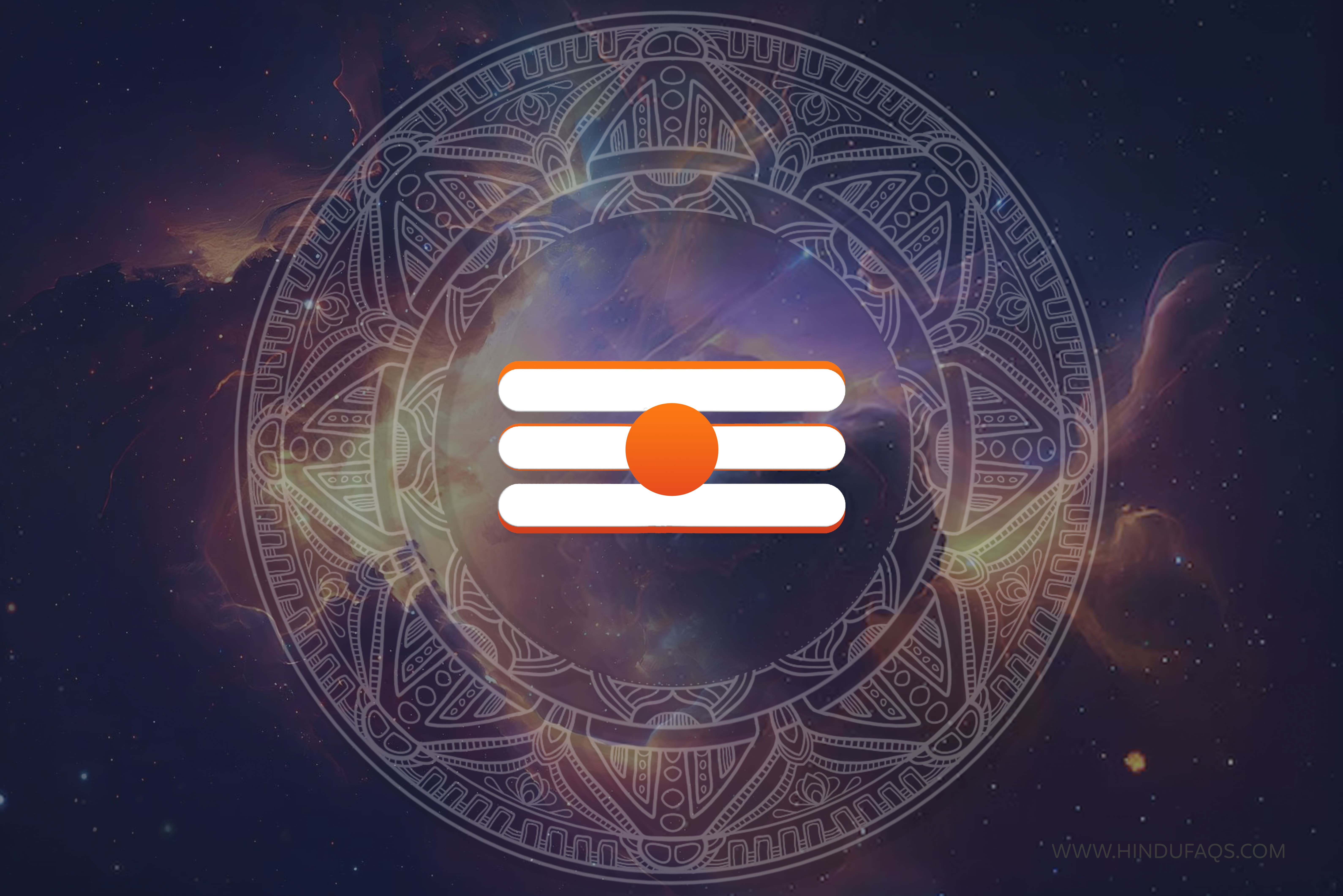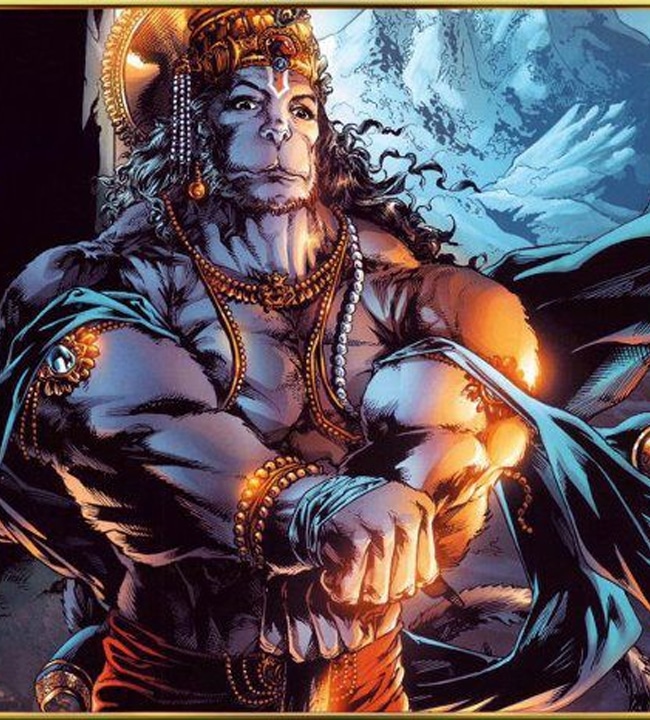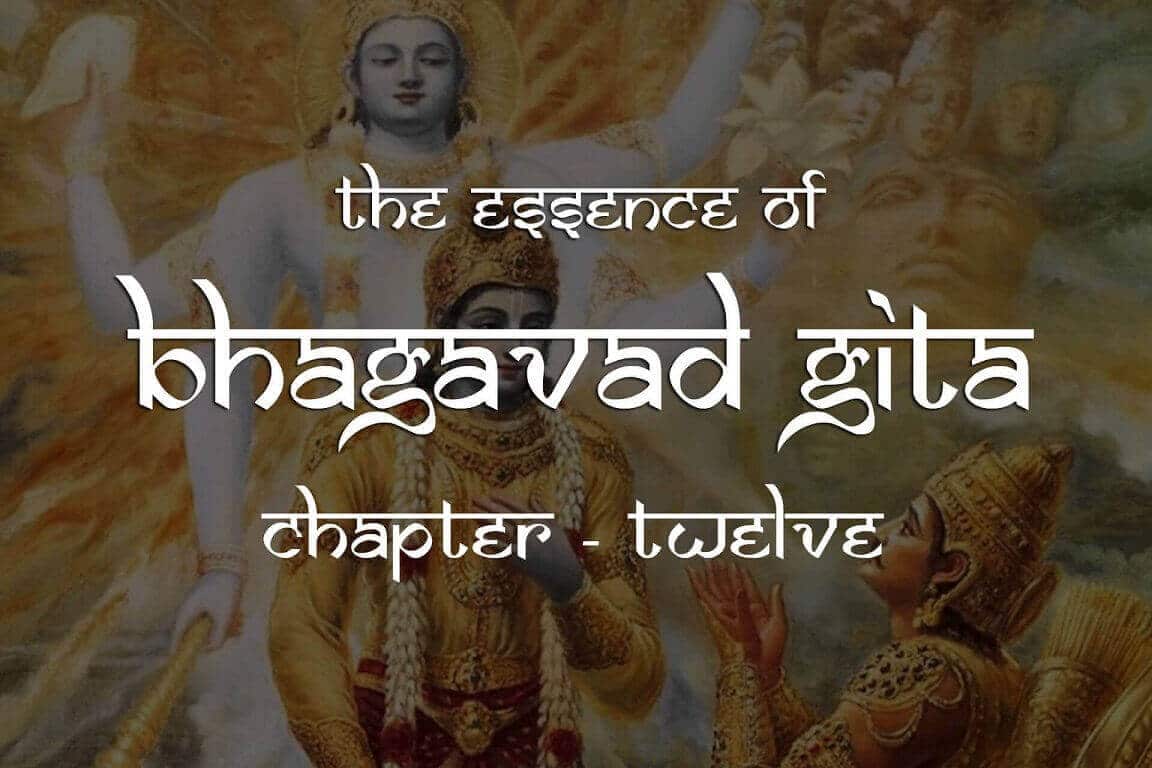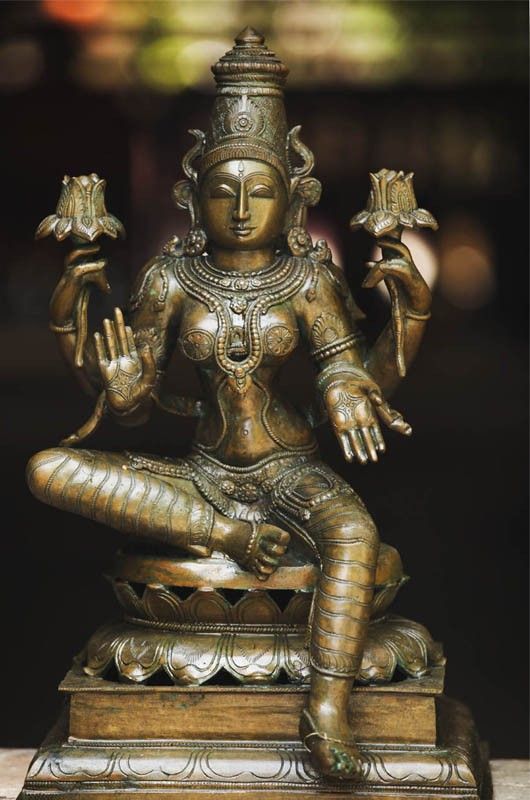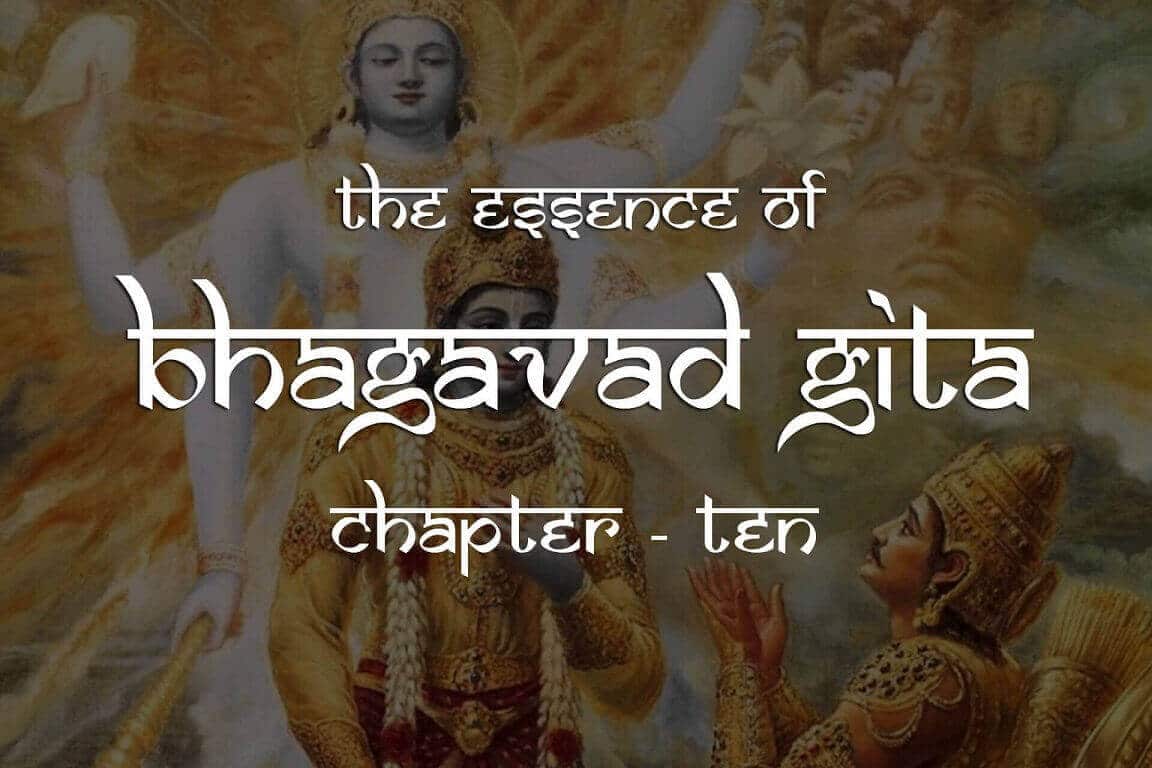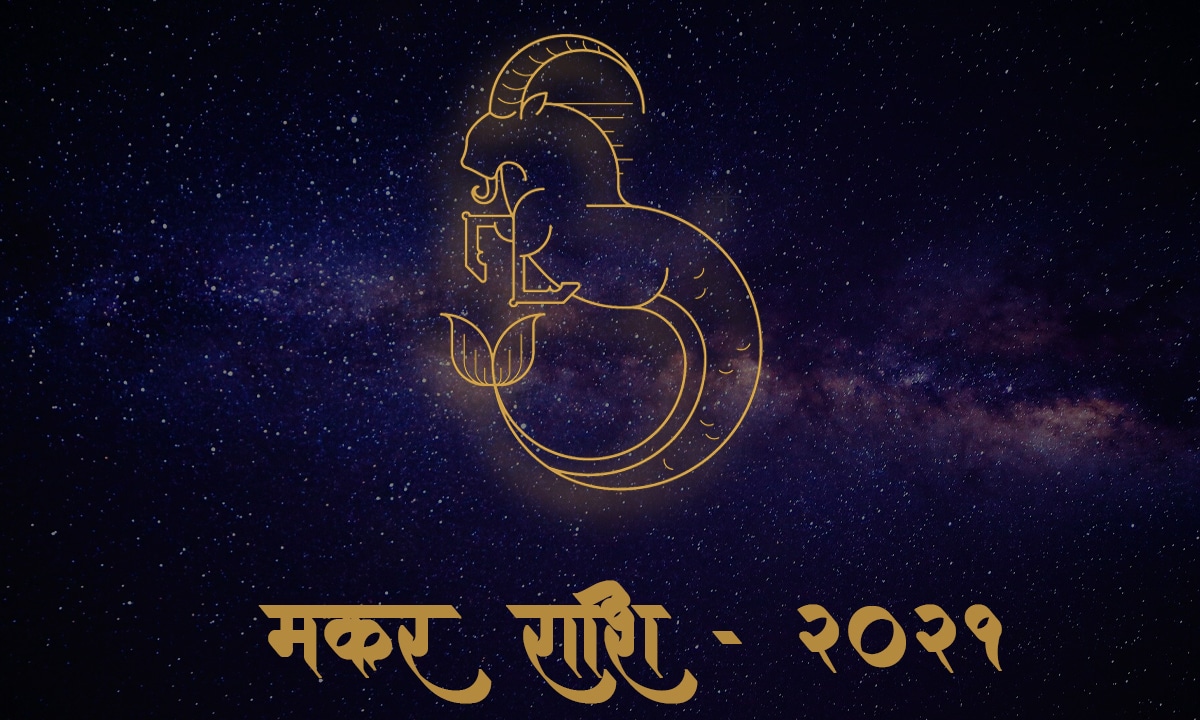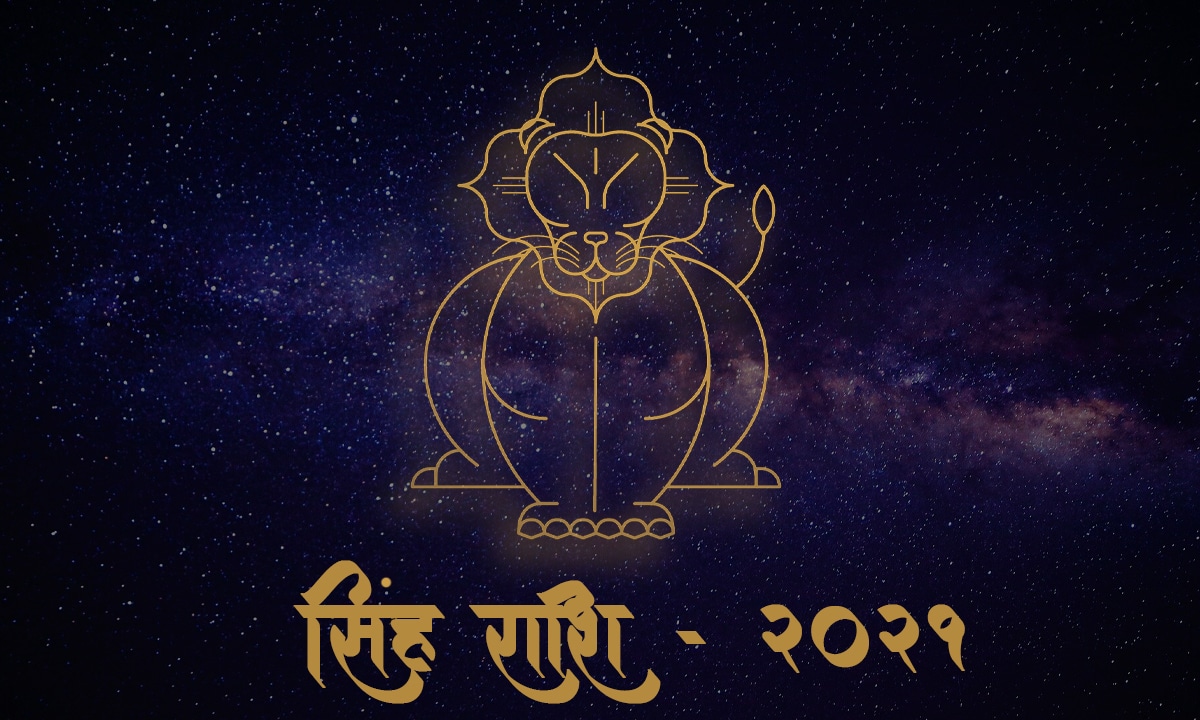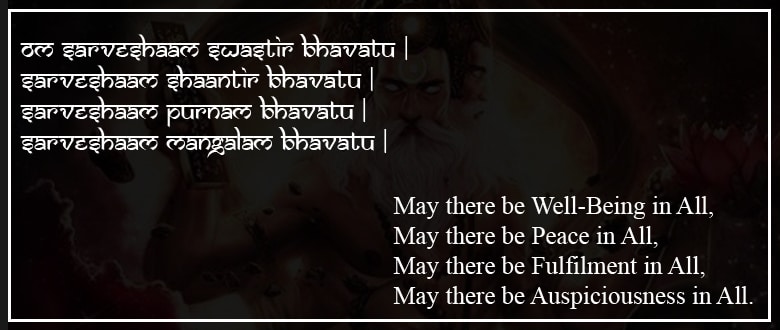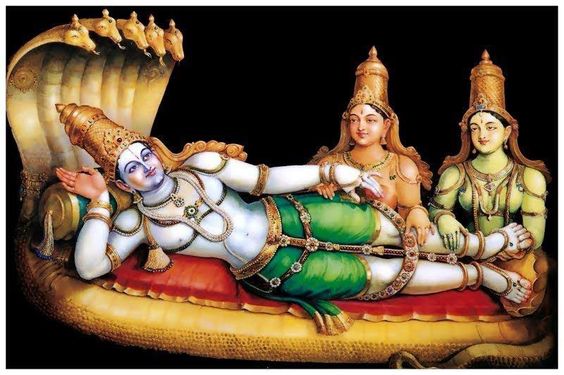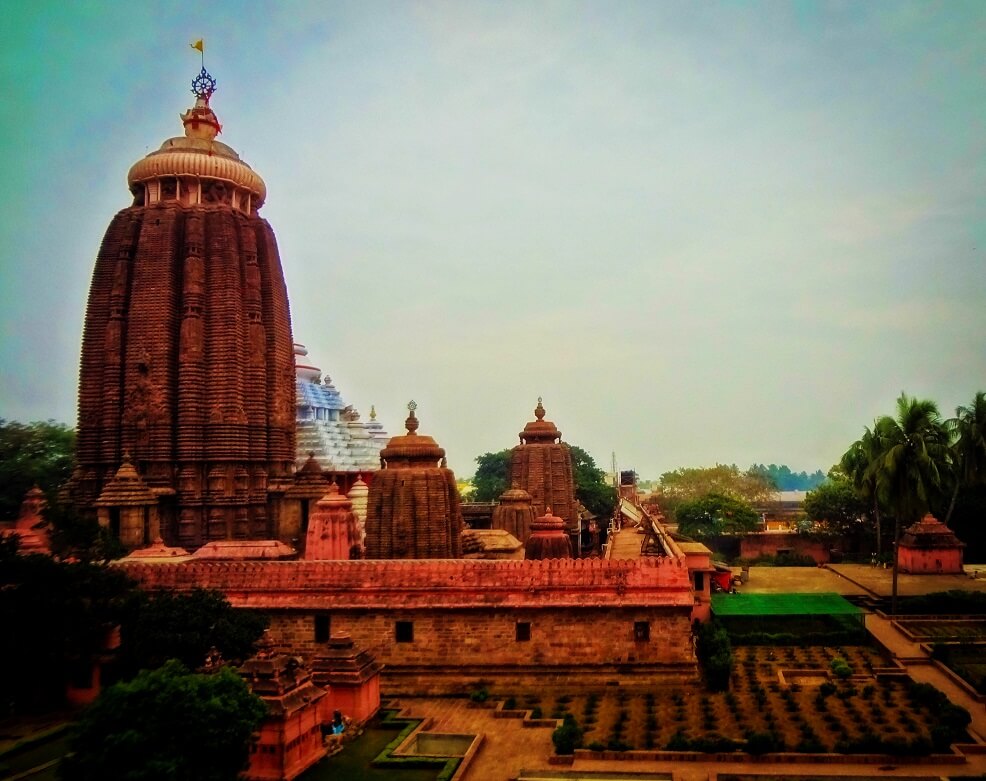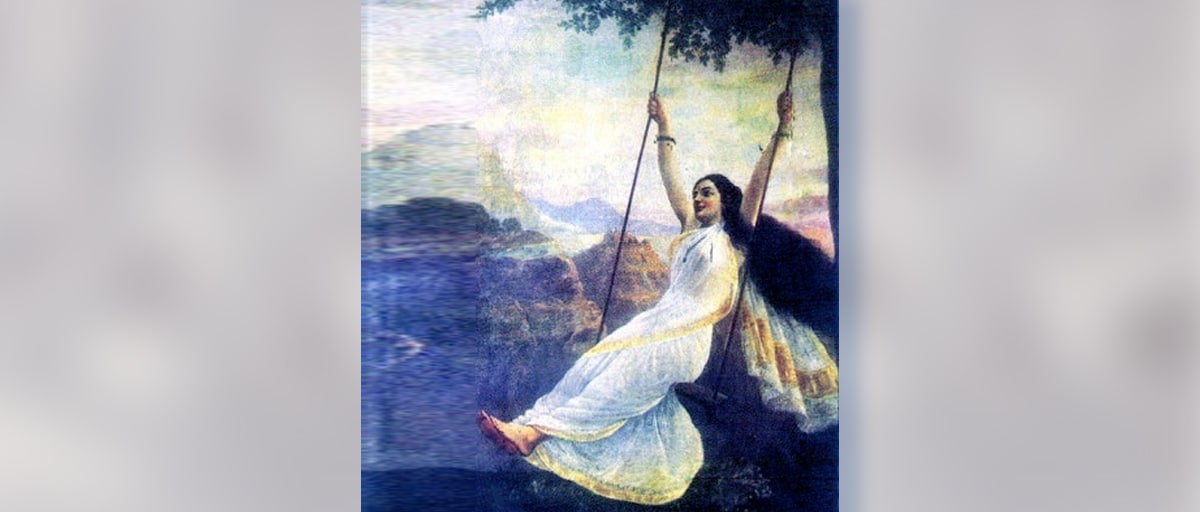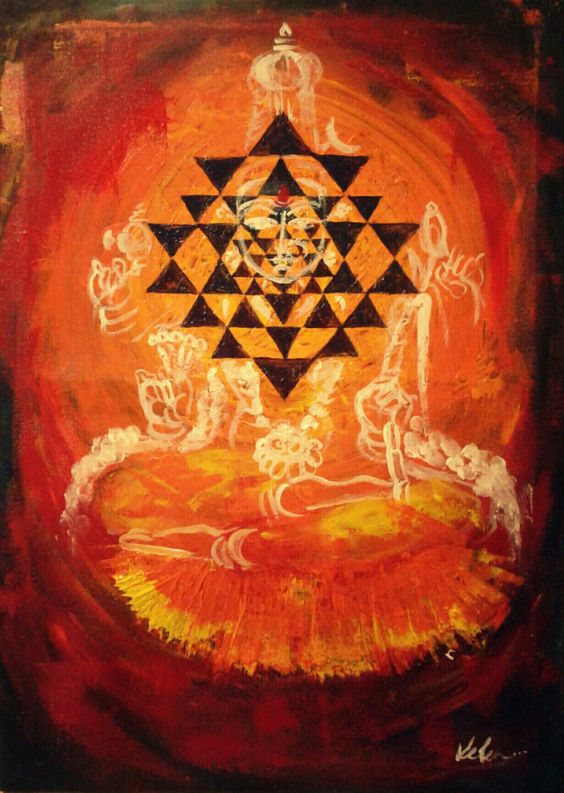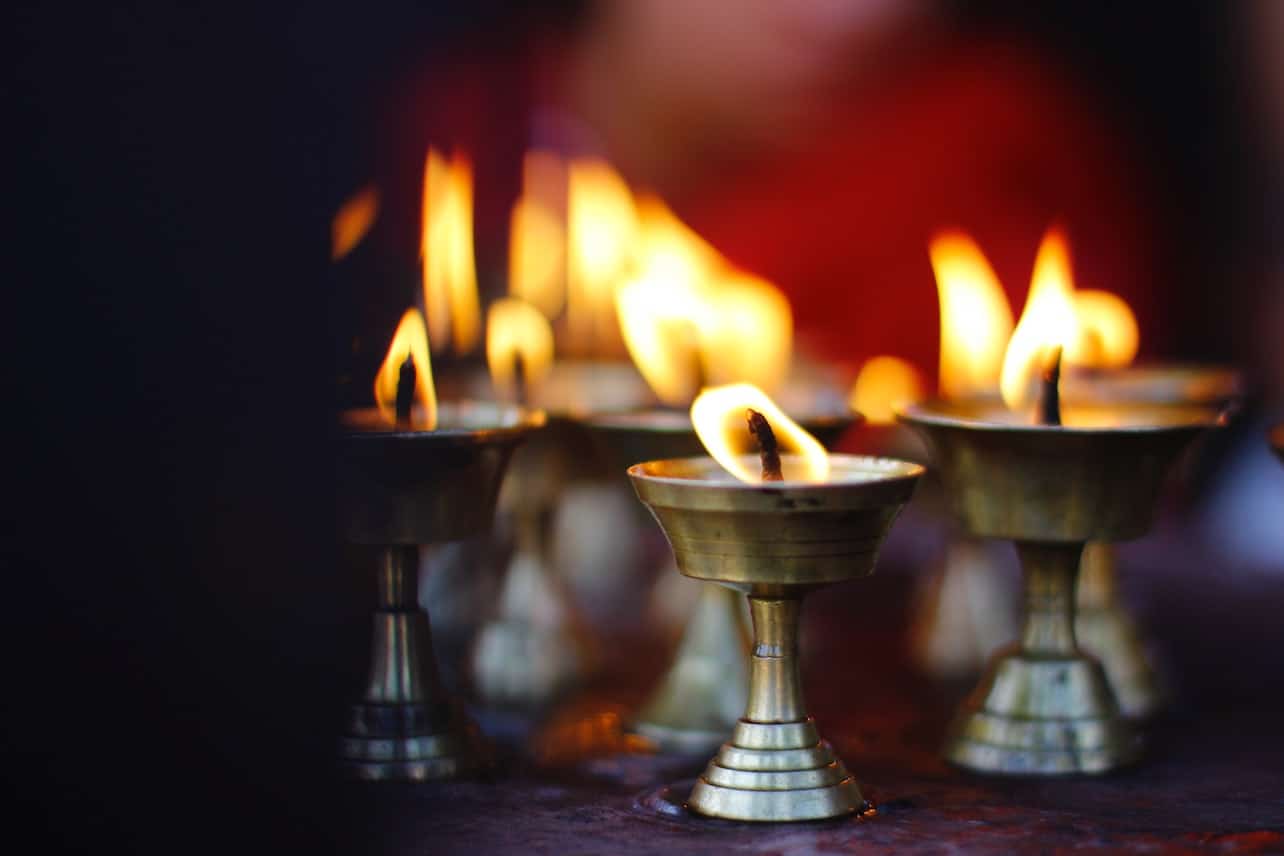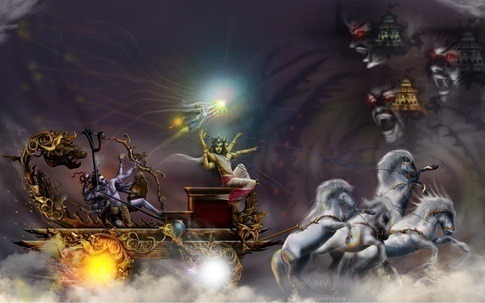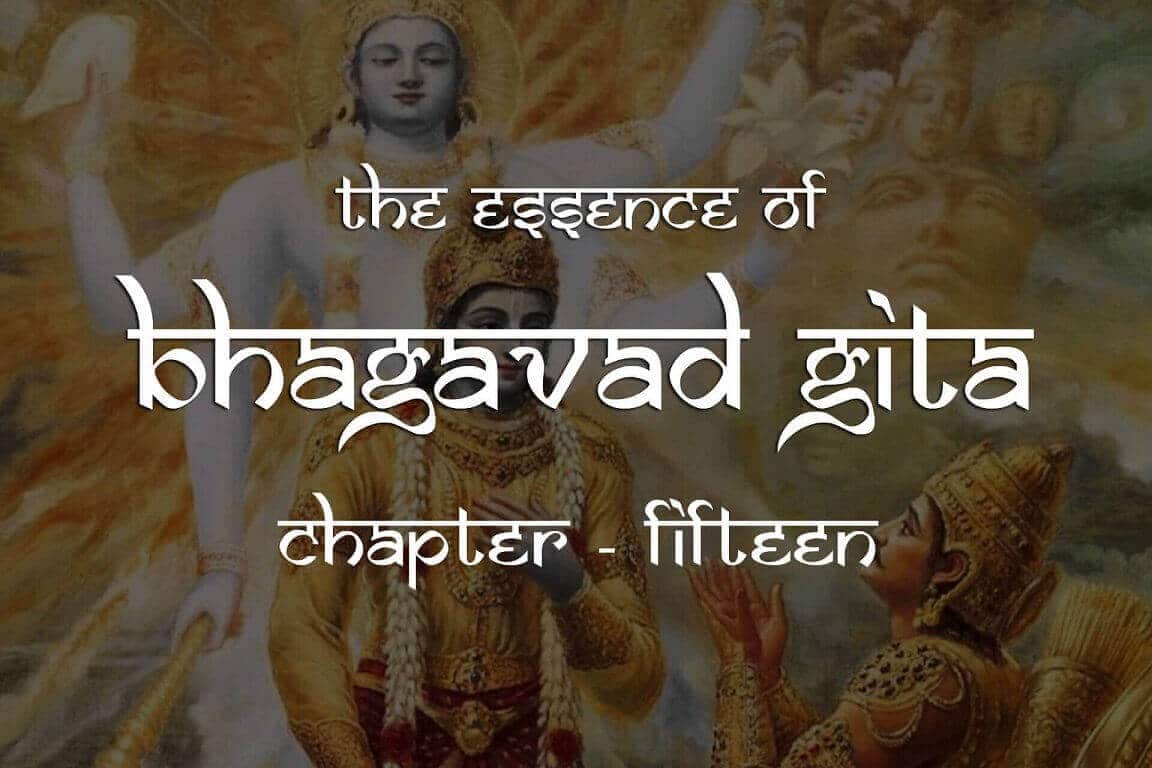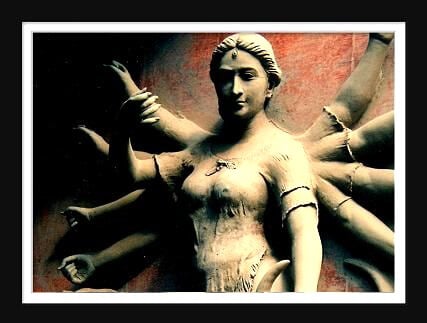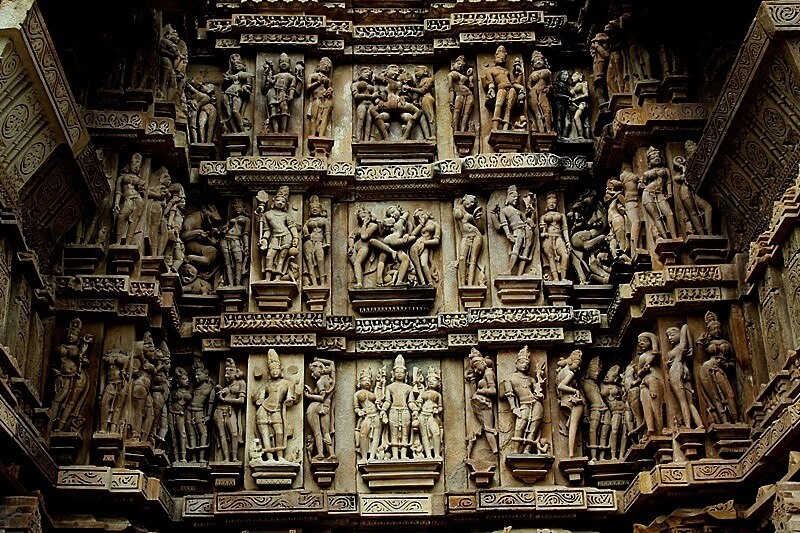Narasimha Avatar (नरसिंह), Narasingh, Narsingh and Narasingha, in derviative languages is an avatar of Vishnu and one of Hinduism’s most popular deities, as evidenced in early epics, iconography, and temple and festival worship for over a millennium.
Narasimha is often visualised as half-man/half-lion, having a human-like torso and lower body, with a lion-like face and claws. This image is widely worshipped in deity form by a significant number of Vaishnava groups. He is known primarily as the ‘Great Protector’ who specifically defends and protects his devotees in times of need. Vishnu is believed to have taken the avatar to destroy the demon king Hiranyakashipu.

Hiranyaksha’s brother Hiranyakashipu wants to take revenge by destroying Lord Vishnu and his followers. He performs penance to please Brahma, the god of creation. Impressed by this act, Brahma offers him any thing he wants.
Hiranyakashipu asks for a tricky boon from Brahma which goes like this.
“O my lord, O best of the givers of benediction, if you will kindly grant me the benediction I desire, please let me not meet death from any of the living entities created by you.
Grant me that I not die within any residence or outside any residence, during the daytime or at night, nor on the ground or in the sky. Grant me that my death not be brought about by any weapon, nor by any human being or animal.
Grant me that I not meet death from any entity, living or nonliving created by you. Grant me, further, that I not be killed by any demigod or demon or by any great snake from the lower planets. Since no one can kill you in the battlefield, you have no competitor. Therefore, grant me the benediction that I too may have no rival. Give me sole lordship over all the living entities and presiding deities, and give me all the glories obtained by that position. Furthermore, give me all the mystic powers attained by long austerities and the practice of yoga, for these cannot be lost at any time.”
Brahma grants the boon.
With virtually no fear of death he unleashes terror. Declares himself as god and asks people to utter no God’s name except his.
One day while Hiranyakashipu performed austerities at Mandarachala Mountain, his home was attacked by Indra and the other devatas. At this point the Devarshi (divine sage) Narada intervenes to protect Kayadu, whom he describes as sinless.Following this event, Narada takes Kayadu into his care and while under the guidance of Narada, her unborn child (Hiranyakashipu son) Prahalada, becomes affected by the transcendental instructions of the sage even at such a young stage of development. Thus, Prahlada later begins to show symptoms of this earlier training by Narada, gradually becoming recognised as a devoted follower of Vishnu, much to his father’s disappointment.
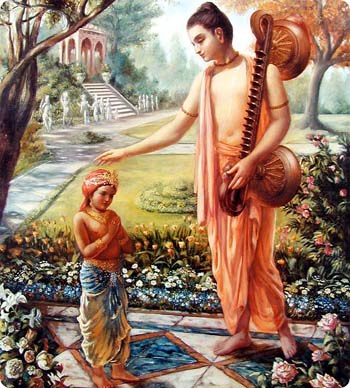
Hiranyakashipu furious at the devotion of his son to Vishnu, as the god had killed his brother. Finally, he decides to commit filicide. But each time he attempts to kill the boy, Prahlada is protected by Vishu’s mystical power. When asked, Prahlada refuses to acknowledge his father as the supreme lord of the universe and claims that Vishnu is all-pervading and omnipresent.
Hiranyakashipu points to a nearby pillar and asks if ‘his Vishnu’ is in it and says to his son Prahlada. Prahlada then answers,
“He was, He is and He will be.”
Hiranyakashipu, unable to control his anger, smashes the pillar with his mace, and following a tumultuous sound, Vishu in the form of Narasimha appears from it and moves to attack Hiranyakashipu. in defence of Prahlada. In order to kill Hiranyakashipu and not upset the boon given by Brahma, the form of Narasimha is chosen. Hiranyakashipu can not be killed by human, deva or animal. Narasimha is neither one of these as he is a form of Vishu incarnate as a part-human, part-animal. He comes upon Hiranyakashipu at twilight (when it is neither day nor night) on the threshold of a courtyard (neither indoors nor out), and puts the demon on his thighs (neither earth nor space). Using his sharp fingernails (neither animate nor inanimate) as weapons, he disembowels and kills the demon.
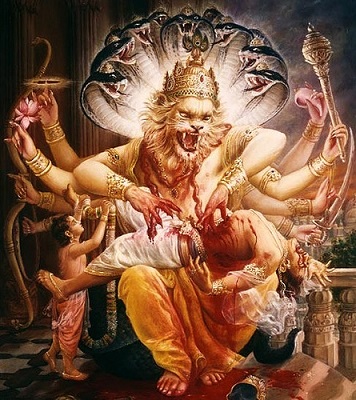
Aftermath:
There is another story of Lord Shiva fight with Narasimha to calm him. After slaying Hiranyakashipu, Narasimha’s wrath was not appeased. The world trembled, fearing what he might do. The Devas (the gods) requested Shiva to tackle Narasimha.
Initially, Shiva brings forth Virabhadra, one of his terrifying forms, in order to calm Narasimha. When that failed, Shiva manifested as the human-lion-bird Sharabha. Shiva then assumed the Sharabha form.
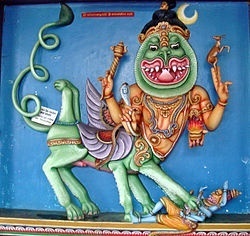
Sharabha then attacked Narasimha and seized him up until he was immobilized. He thus quelled Narasimha’s terrifying rage. Narasimha became a devotee of Shiva after being bound by Sharabha. Sharabha then decapitated and de-skinned Narasimha so Shiva could wear the hide and lion-head as a garment. The Linga Purana and Sharabha Upanishad also mention this mutilation and murder of Narasimha. After the mutilation, Vishnu assumed his normal form and retired to his abode, after duly praising Shiva. It was from here on that Shiva came to be known as “Sharabeshamurti” or “Simhagnamurti”.
This myth is particularly interesting because it brings to forth the past rivalries between Shaivites and Vaishnavites.
Narasimha as per Theory Of Evolution:
The mammals or semi-amphibians gradually evolved to become human-like creatures, which could walk on two legs, used their hands to hold things, but the brain was still not that developed. They had a human like lower body and animal like upper body.
Though not exactly apes, Narsimha Avatar fits into the above description pretty well. Though not a direct reference, it would certainly mean an ape man.
An interesting point here is that those who are aware of the story of Narsimha, he appears at a time, place and setting, where each attribute is in the middle of two things(neither human nor animal, neither at home nor outside, neither day nor night)
Temples: There are more than 100 temples of Narasimha. Of which, the famous are,
Ahobilam. Ahobalam is located in the Allagadda mandal of Kurnool district in Andhra Pradesh. This is the place where the Lord killed Hiranyakasipu and saved Prahalada.
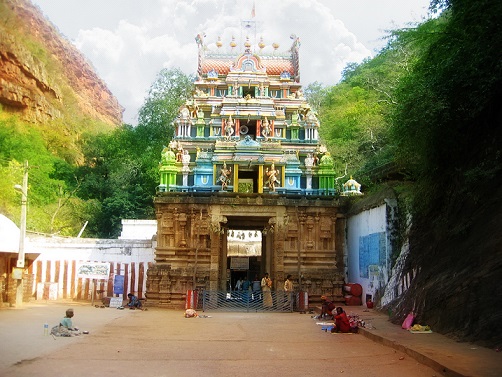
Sri Lakshmi Narasimhar Temple, Which is located about 55 km from Chennai and 21 km from Arakkonam, in Narasingapuram, Thiruvallur
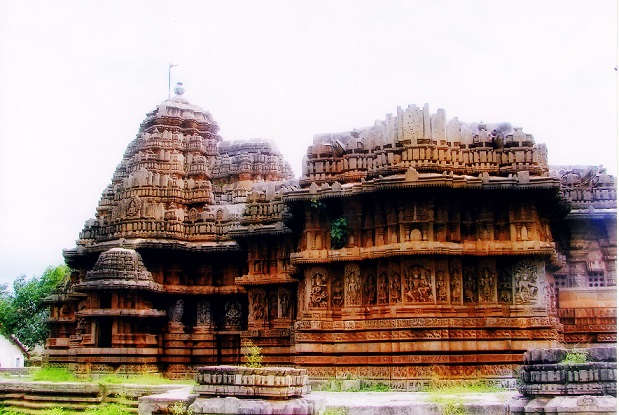
Credits: Photo and Image Credits to the Original Artists and Uploaders

